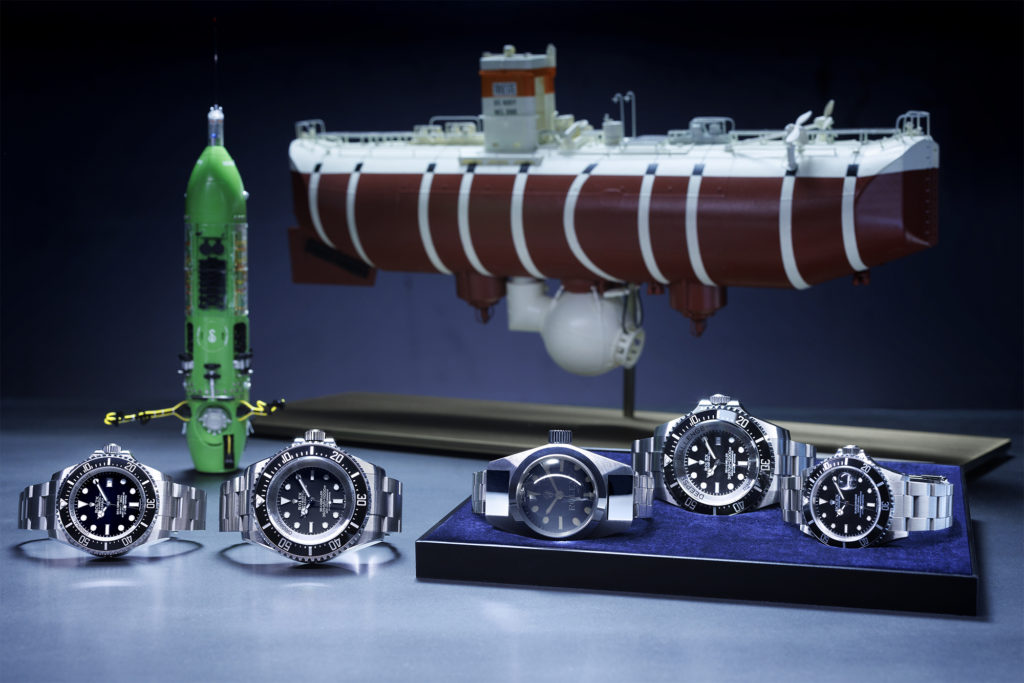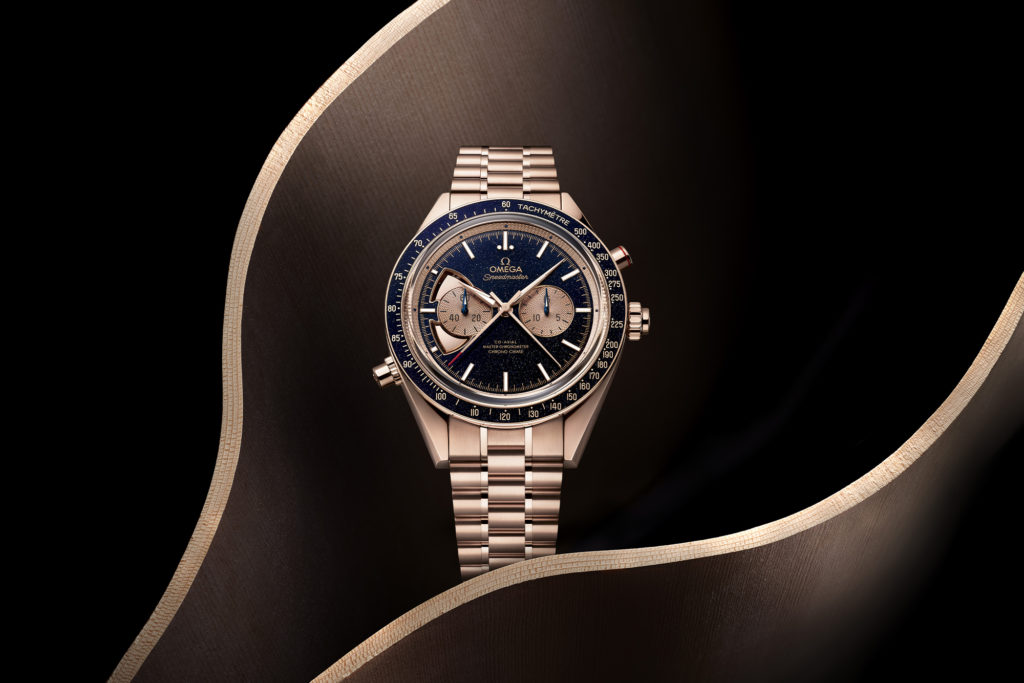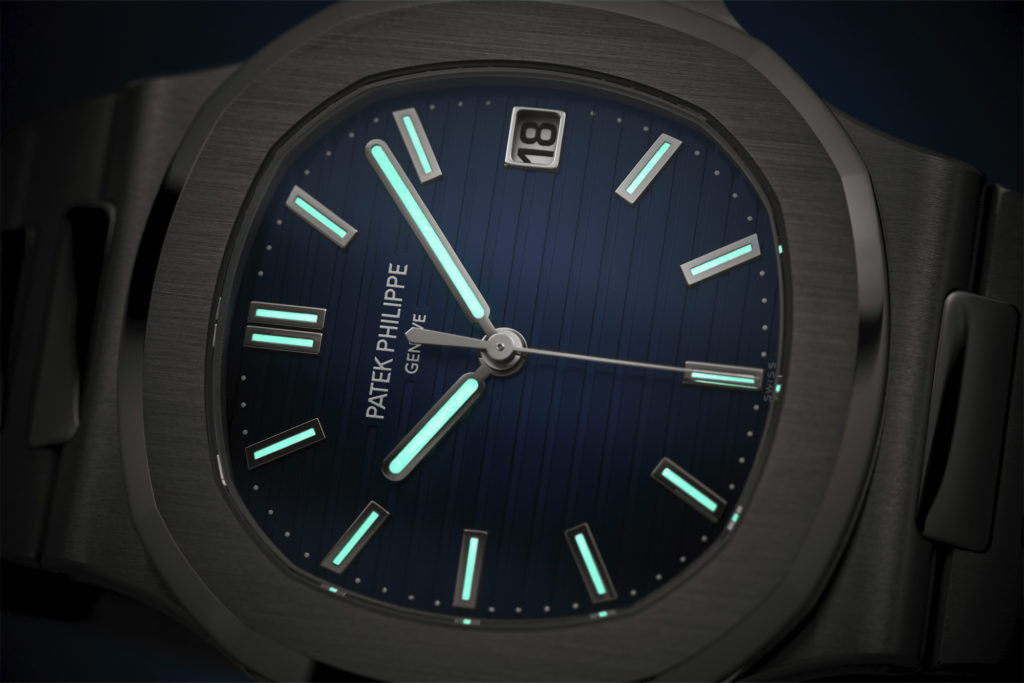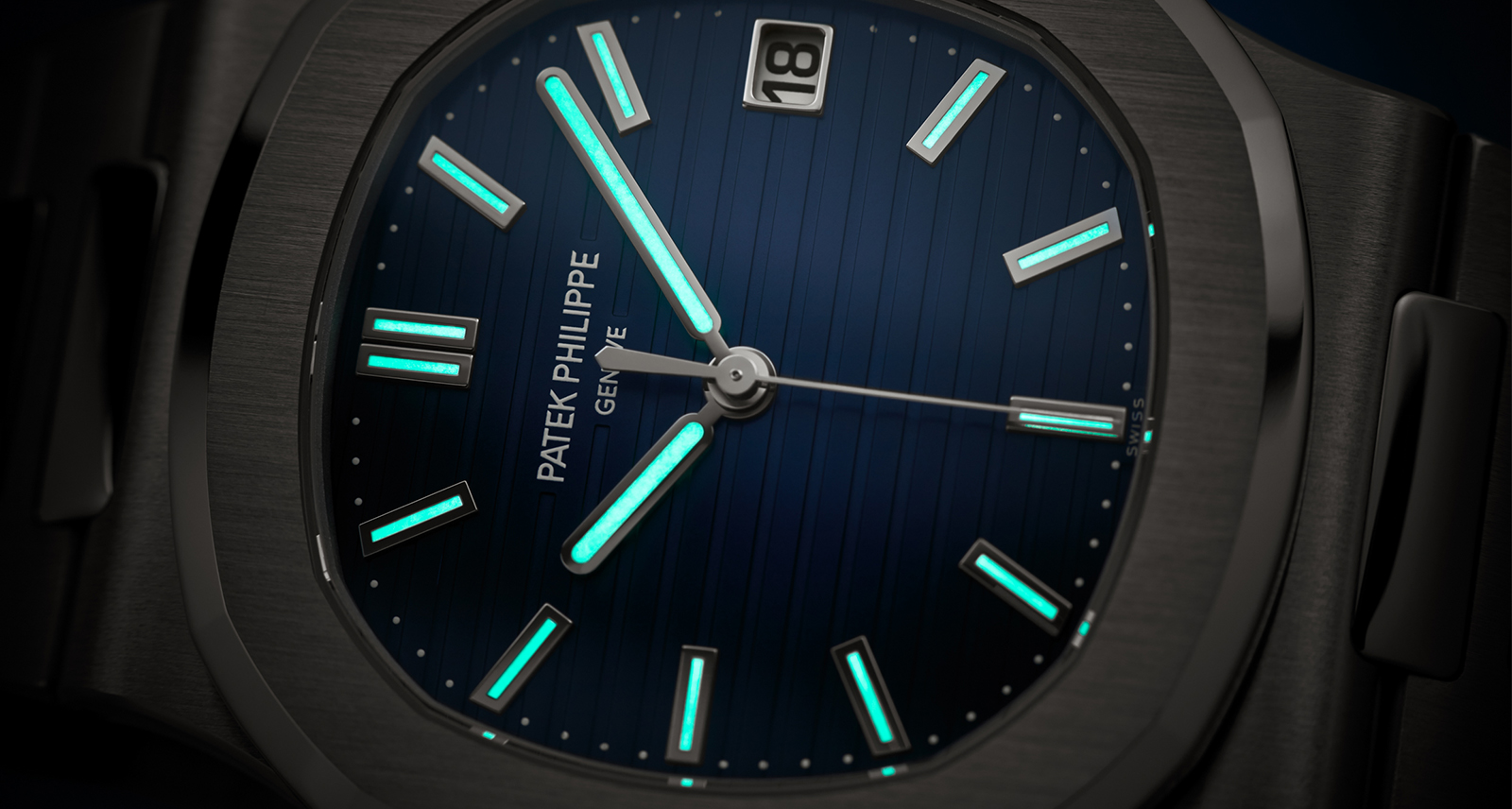Looking Back on the Year of Icons
Anniversaries and otherwise significant celebrations are usually well separated in the watch world, yet 2022 proved to be a big year for the celebration, reissue, and redesign of watches we’ve long known and loved. In some cases — the 50th anniversary of the Audemars Piguet Royal Oak, for example — it was safe to expect plenty of fanfare and grand unveilings. Meanwhile, the arrival of the Omega Speedmaster Chrono Chime caught the entire industry off-guard.
It’s hard to remember a time when so many of the industry’s iconic timepieces received as much attention in a single year — either way, we’re not mad about it. Each of these five models have a history of being difficult to acquire, so any kind of expansion of stock is a good thing. Whether through the addition of new complications, improvements in performance and specifications, or an entirely new reference, each of these watches tips a hat to its legacy, all while satisfying the demands of present-day collectors and enthusiasts.
Audemars Piguet Royal Oak Selfwinding Flying Tourbillion

2022 marked the 50th anniversary of the Royal Oak, and as one might expect, narrowing down the releases to a single hit wasn’t especially easy. You’ll learn more about another reference in the subsequent pages, however it was the 26730TI that carried the correct tune for the topic at hand. Why, might you ask?
This Royal Oak Selfwinding Flying Tourbillon is not the most complex Royal Oak release of the year, nor is it the most representative of the model’s first reference from 1972. Birthdays are meant to be fun, playful even. They are a celebration of how far you’ve come, as well as a moment to look out at the world ahead. The titanium case of this reference brings with it an air of modernity, while its smoked blue-green Grande Tapisserie pattern dial brings a brightness and whimsy that its anniversary celebration deserves. Limited to only 50 pieces globally, this is exactly the reference we would recommend for someone eyeing an iconic Royal Oak that’s a little less conventional.
Rolex Oyster Perpetual Deepsea Challenge

In 2012, a Rolex Deepsea Challenge experimental watch accompanied James Cameron to the bottom of the Mariana Trench during his historic solo descent, marking the second time a purpose-built Rolex ventured to the deepest part of the world’s oceans. At the time, it was assumed this was simply the brand showing off its R&D capabilities, but a production version of said watch appeared out of the blue in early November to commemorate the dive’s 10-year anniversary.
We’ve seen the occasional surprise from Rolex over the years, including the left-handed GMT-Master II featured in our Best Of list in this issue, but the arrival of the new Deepsea Challenge is about as big as they come. 50 mm in diameter, capable of withstanding the pressures incurred from diving to the bottom of the Mariana Trench (11,000 metres), what was once the kind of thing merely reserved for “technical showcase” prototypes is now a full-fledged production model. What’s more, this is the first watch that Rolex has ever released in RLX — the brand’s proprietary grade 5 titanium alloy — and there’s already ample speculation about whether we’ll see more titanium Rolex references in 2023.
Omega Speedmaster Chrono Chime

Over the course of its 65 years of existence, most had assumed thatwe’d already seen every angle of approach to the legendary Moonwatch by now. It seems we were wrong. This all-new Omega Speedmaster Chrono Chime is hands-down the most complicated mechanical timepiece ever offered by the brand, and a culmination of over six years of research and development.
For any skeptics in the room, rest assured that there were no corners cut here. Rather than a modular addition (where a complication is stacked onto an existing caliber), this manually wound chiming chronograph has both its timing and chiming functions integrated into the base movement. Taking things a step further, in a nod to timing precision, the caliber runs at 5 Hz, allowing it to precisely measure intervals of 1/10th of a second. Even with this high frequency and added complexity, the Chrono Time delivers a healthy 60-hour power reserve. Naturally, something so precious required the use of precious metals — a hefty mass of Sedna Gold for its case and bracelet, of course.
Breitling Navitimer B02 Chronograph Cosmonaute

It’s been a big year for Breitling’s Navitimer, and a big year for the brand as a whole, but the 362-piece limited edition Cosmonaute reissue is the watch that stands out as much for its heritage as it does for its unorthodox functionality. So the story goes, astronaut Scott Carpenter requested a 24-hour time display on a Navitimer, allowing him to differentiate between AM and PM in the darkness of space. The brand delivered, and thus the Cosmonaute became the first Swiss wrist-worn chronograph in space on May 24th, 1962. To mark its 60th anniversary, the reference was reborn, albeit with a few modern accoutrements.
Before one notices the difference in numerals, the Cosmonaute appears to be yet another classic Navitimer pilot’s chronograph. It sports its usual three subdials and a slide rule, once used by pilots to calculate metric to standard conversions, fuel consumption, air speed and distance calculations, and more. Beneath the dial lurks Breitling’s in-house ma nufacture B02 automatic chronograph caliber, albeit with minor modification to allow for its 24-hour display. History buff or not, there’s a charming quirkiness about this piece — a je ne sait quoi about its time indication. A challenge to read, at first, it’s an especially rare functional choice that you won’t find from anyone else in the market.
Patek Philippe Nautilus 5811/1G

With the 2021 announcement that the immensely popular Patek Philippe Nautilus 5711 was going to be discontinued, the horological rumour mills promptly went into overdrive. Would 5711 values skyrocket? Would Patek completely reinvent the wheel with a new reference? What fate would come to the brand’s Gerald Genta-designed legacy? Well, we finally got an answer this past fall, and for most, it’s exactly what brand loyalists had been hoping for.
At first glance you’re likely to feel like you’re playing a challenging game of “spot the difference,” and that’s precisely what Patek was going for. Why mess with something that’s working so well, after all? The 5811/1G, cased in white gold for its inaugural release, hides a few surprises that improve on its predecessor. Its case is one millimetre larger, but more importantly goes back to two-piece construction — a detail revived from the old Nautilus 3700 from 1976. Patek has also developed a new bracelet clasp with a locking adjustment system. All told, this isn’t the big splashy release that some were hoping for, but now that the Nautilus has its new form, it becomes a question of how the balance of the collection moves ahead.










